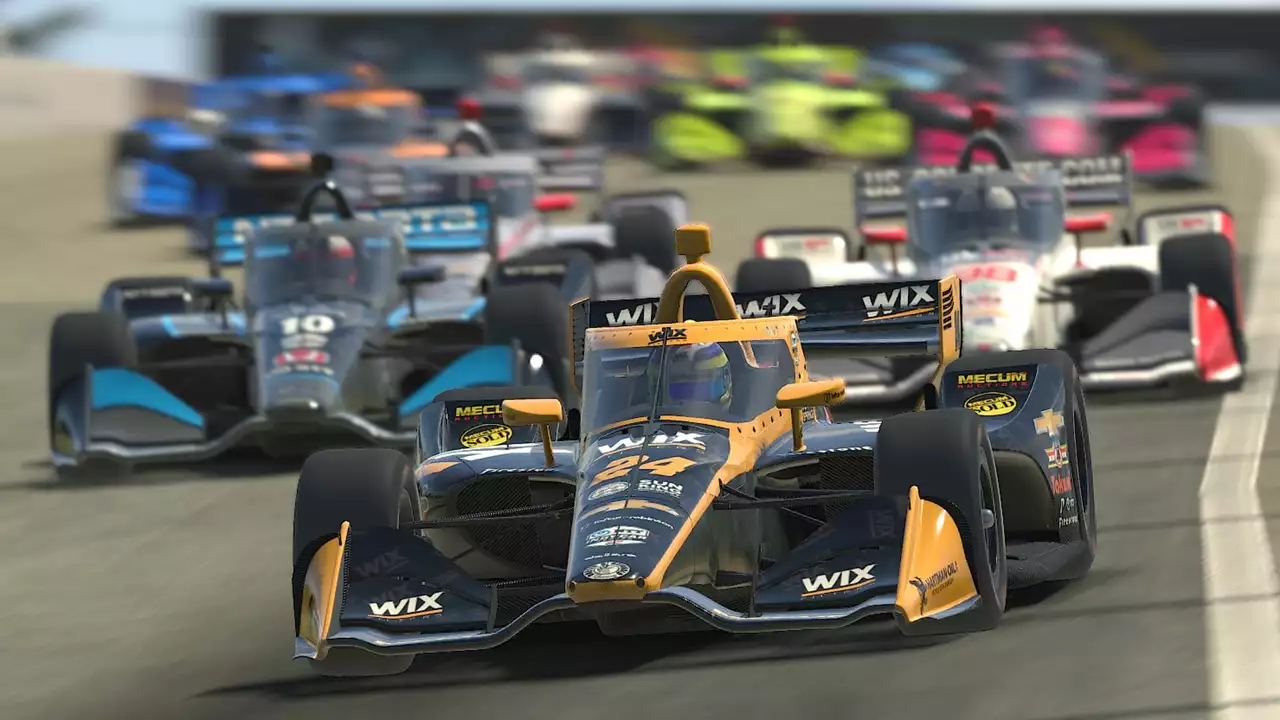Understanding the Concept of Factory Teams
Before we delve into the question at hand, it's important to understand what a factory team is. In simple terms, a factory team refers to a racing team that is either owned or heavily supported by a car manufacturer. This kind of support usually translates into significant financial backing and resources, which can be a massive advantage in high-stakes racing competitions. In other forms of motorsport, like Formula 1, factory teams are quite common. You have the likes of Mercedes, Ferrari, and McLaren, who run their teams and are the giants of the sport. But when it comes to NASCAR and IndyCar, the scene is quite different.
The Role of Homologation in NASCAR and IndyCar
The first major reason why there are no factory teams in NASCAR and IndyCar is due to the homologation rules. Homologation is the process by which a car is approved to race. In these series, all cars must meet specific standards and requirements to ensure a level playing field. This means that no matter who makes the car, it must conform to the same set of rules. This effectively negates any significant advantage a manufacturer could gain from investing heavily in a factory team.
The Influence of Cost and Investment
Another factor that plays into the absence of factory teams in NASCAR and IndyCar is the cost and return on investment. Running a factory team is an expensive venture. It requires a significant financial investment not only in terms of building and maintaining the cars but also in hiring drivers, team personnel, and marketing the team. In NASCAR and IndyCar, the return on such an investment is not as high as in other forms of motorsport. The financial benefits of having a factory team in these series are not as lucrative, which discourages manufacturers from establishing their teams.
The History of Factory Teams in American Motorsports
The history of factory teams in American motorsports also plays a part in their current absence from NASCAR and IndyCar. In the past, factory teams were prevalent in American racing. However, they often dominated the competition due to their superior resources, leading to predictable and less exciting races. To counter this, various rules and restrictions were put in place to limit the influence of factory teams. Over time, these rules have evolved into the homologation process we see today, effectively phasing out factory teams.
The Impact on Competition and Fan Engagement
Finally, the absence of factory teams in NASCAR and IndyCar can also be attributed to the desire for more competitive and exciting races. When all teams operate on a level playing field, it leads to more unpredictability and closer races, which are more engaging for fans. The presence of factory teams could potentially skew this balance, making races less competitive and, consequently, less appealing to spectators. Therefore, maintaining a system that promotes competition and fan engagement is a priority for NASCAR and IndyCar, even if it means keeping factory teams out of the picture.

Write a comment